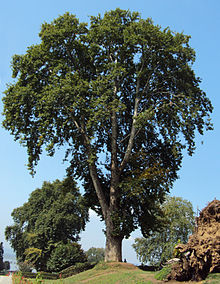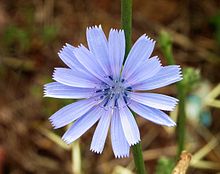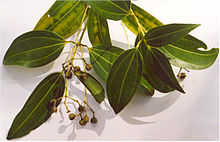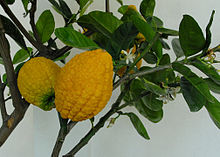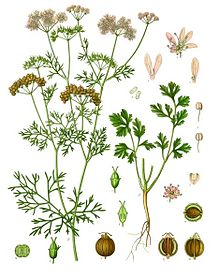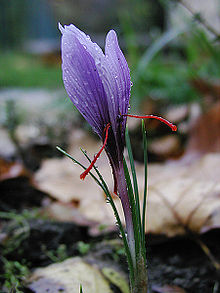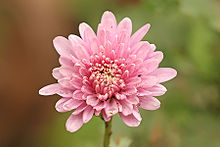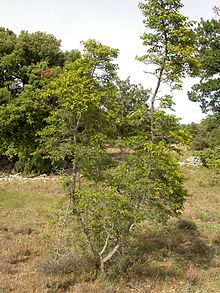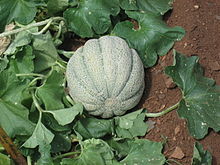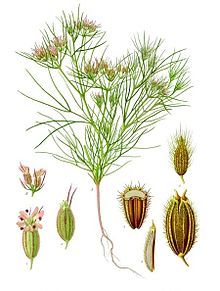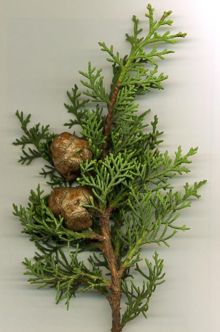171 Biblical Trees and Plants 1
171 Biblical Trees and Plants
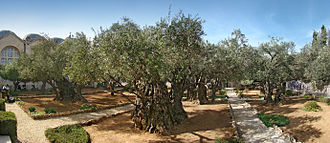
I am in hopes this will be interesting for you to see. I really enjoyed putting this together, finding our what kinds of trees and plants was in the Bible days and Jesus’ day that was really exciting. So, I thought I would create a web page with the ones I have found for you to see. Some I am unable to locate graphics for, and more information, but if you can find it please let me know I would love to put it on the ones which has no graphic or information like Bible Verses, etc. There are way more than listed here, but this is a start for you to be intrigued!
NOTE: Word Press from Html 5 has it’s issues, in HTML5 you hide the table borders they are hidden, with WordPress it’s impossible! I am sorry if the table borders are seen, I tries for about 3 hours working with them here in word press and it’s impossible task!
| # |
Tree/Plant Name |
Description/Meaning |
Reference Verses |
| 1. |
|
Abraham’s Bush Vitex agnus-castus, also called Vitex, Chaste Tree, Chasteberry, Abraham’s Balm or Monk’s Pepper |
|
| 2. |
|
Acacia Tree Acacia, Spirale (Acacia raddiana Savi) Acacia, tortilis Acacia, Negev (Acacia gerrardii Bentham subsp. negevensis) |
|
| 3. |
|
Anise (Anethum graveolens) |
|
| 4. |
|
Algum traditionally red sandalwood(Pterocarpus santalinus) white sandalwood – Santalum album scandal wood, a few claim it is juniper (Juniperus excelsa [Heb., ’al·gum·mim? |
|
| 5. |
|
Almond Blossom (Amygdalus communis) [Heb., luz ; sha·qedh? “keeping awake” |
|
| 6. |
|
Aloe (Aquilaria agallocha) Aloe succotrina. |
|
| 7. |
|
Aleppo Pine (Pinus halepensis) Pinus halepensis, commonly known as the Aleppo Pine, is a pine native to the Mediterranean region. Their range extends from Morocco and Spain north to southern France, Italy and Croatia, and east to Greece, all over Malta and northern Tunisia, and Libya, with an outlying population in Syria, Lebanon, southern Turkey, Jordan, Israel, and Palestinian territories. In Israel it is called Jerusalem Pine. |
|
| 8. |
|
Anemone Anemone coronaria |
|
| 9. |
|
Apple (Malus domestica) [Heb., tap·pu?ach]. Arabic is tuffah |
|
| 10. |
|
Balm of Gilead Balsam (also: turpentine) is the resinous exudate (or sap) from living trees and shrubs. Some balsams have been known since Biblical times.orchards in Jericho and En-Gedihenceforth provided the Romans with an important source of revenue |
|
| 11 |
|
Barley (Hordeum spp.) |
|
| 12. |
|
Bdellium (Commiphora africana) – [Heb., bedho?lach]. |
|
| 13. |
|
Bean Vicia Fava (Vicia faba) |
|
| 14. |
|
Black Cummin (Cumimum cyminum) |
|
| 15. |
|
Blight Blight is a symptom affecting plants in response to infection It is simply a rapid and complete chlorosis, browning, then death of plant tissues such as leaves, branches, twigs, or floral organs |
|
| 16. |
|
Bome Vicia faba, also known in the culinary sense as the broad bean, fava bean, or faba bean, is a species of flowering plant in the pea and bean family Fabaceae. It is widely cultivated as a crop for human consumption, and also as a cover crop. Varieties with smaller, harder seeds that are fed to horses or other animals are called field bean, tic bean or tick bean. Horse bean, Vicia faba var. equina Pers., is a variety recognized as an accepted name |
|
| 17. |
|
Boxthorn (Lycium europaeum) |
|
| 18. |
|
Box tree (Boxus sempervirens) Buxus is a genus of about 70 species in the family Buxaceae. Common names include box (majority of English-speaking countries) or boxwood (North America) |
|
| 19. |
|
Bramble (Rubus ulmifolius) is a species of wild blackberry known by the English common name elm leaf blackberry or thornless blackberry and the Spanish common name zarzamora. It is native to Europe and North Africa, It is a brambly shrub with compound leaves and small, white or pink flowers. The fruit is a blackberry. |
|
| 20. |
|
Broom, Spiny (Calycotome villosa (Poiret) Genisteae is a tribe of trees, shrubs and herbaceous plants in the subfamily Faboideae of the legume family Fabaceae. It includes a number of well-known plants including broom, lupine (lupin), gorse and laburnum. The tribe’s greatest diversity is in the Mediterranean, and most genera are native to Europe, Africa, the Canary Islands, India and southwest Asia. However, the largest genus, Lupinus, is most diverse in North and South America. Anarthrophytum and Sellocharis are also South American and Argyrolobium ranges into India. The Genisteae arose 32.3 ± 2.9 million years ago |
|
| 21. |
|
Broom, Yellow (Spartium junceum) |
|
| 22. |
No Photo Unable to Find One |
Broom, White (Retama raetam (Forssk.) Webb) |
|
| 23. |
|
Burning Bush (Loranthus acaciae) |
|
| 24. |
|
Bulrush Bulrushes is the vernacular name, ‘tules’ is a local moniker, and ‘buggy whips’ is slang for several large wetland grass-like plants in the sedge family |
|
| 25. |
No Photo Unable to Find One |
Calamus Calamus (Kalamos), a figure in Greek mythology |
|
| 26. |
|
Camphire Henna (Lawsonia inermis, also known as hina, the henna tree, the mignonette tree, and the Egyptian privet) |
|
| 27. |
|
Cane (Arundo donax) |
|
| 28. |
|
Carobs (Ceratonia siliqua) Carob or Locust Ceratonia siliqua, commonly known as the carob tree, St John’s-bread, or locust bean (not to be confused with the African locust bean) |
|
| 29. |
|
Casper (Capparis spinosa L.) Caperbushes are mainly used by humans for their fruit, which are rich in micronutrients. C. spinosa, simply known as caper, yields fruit and more importantly flower buds, which are widely used pickled as a vegetable condiment. |
|
| 30. |
|
Cassia (Cinnamomum iners) The genus contains over 300 species, |
|
| 31. |
|
Castor Oil Tree (Jonah’s Gourd) The castor oil plant (Ricinus communis) is a species of flowering plant in the spurge family, Euphorbiaceae. It belongs to a monotypic genus, Ricinus, and subtribe, Ricininae. The evolution of castor and its relation to other species are currently being studied using modern genetic tools |
|
| 32. |
|
Cattail Typha /ÈtajfY/ is a genus of about 30 species of monocotyledonous flowering plants in the family Typhaceae may be known in British English as bulrush, or reedmace, in American English as cattail, catninetail, punks, or corn dog grass, icumbungi or bulrush, bulrush cattail, raupM. Evidence of preserved starch grains on grinding stones suggests they were eaten in Europe 30,000 years ago |
|
| 33. |
|
Cedar of Lebanon (Cedrus libani Loud.) Cedrus libani is a species of cedar native to the mountains of the Mediterranean region.Lebanon Cedar in the Forest of the Cedars of God. |
|
| 34. |
|
Chamomile (several species) Chamomile or camomile (/’kæm?mi?l/ kam-?-meel or /’kæm?ma?l/ kam-?-myl) is the common name for several daisy-like plants of the family Asteraceae that are commonly used to make a herb infusion that can help to induce sleep. |
|
| 35. |
|
Chestnut (Plane Tree) (Platanus orientalis L.) Platanus orientalis, or oriental plane, is a large, deciduous tree of the Platanaceae family, growing to 30 m (98 ft) or more, and known for its longevity and spreading crown. |
|
| 36. |
|
Chicory (Cichorium spp.) Cichorium is a genus of flowering plants in the family Asteraceae. The species are commonly known as chicory or endive – there are two cultivated species, and four to six wild species. Flower of common chicory (Cichorium intybus) is a bushy perennial herb with blue or lavender (or, rarely, white or pink) flowers. It grows as a wild plant on roadsides in its native Europe, and in North America, where it has become naturalized. |
|
| 37. |
|
Cinnamon (Cinnamomum zeylanicum) Cinnamomum verum, called “true cinnamon”, Ceylon cinnamon or Sri Lanka cinnamon is a small evergreen tree belonging to the family Lauraceae, native to Sri Lanka. Among other species, its inner bark is used to make cinnamon. |
|
| 38. |
|
Citron (Etrog) (Citrus medica L.) The citron is a fragrant citrus fruit, botanically classified as Citrus medica by both the Swingle and Tanaka botanical name systems. The designation medica given it by Linnaeus, apparently is derived from its ancient name, “Median or Persian apple” |
|
| 39. |
Clemates |
|
|
| 40. |
|
Cockle (Agrostemma gitago) Agrostemma is a genus of annual plants in the Caryophyllaceae family, containing the species known as corncockles. Its best-known member is A. githago, the Common Corncockle, which is a native of Europe where it is simply called “the Corncockle”. |
|
| 41. |
|
Coriander (Coriandrum sativum) Coriander (Coriandrum sativum), also known as cilantro, Chinese parsley or dhania,[1] is an annual herb in the family Apiaceae. |
|
| 42. |
|
Cotton (Gossypium herbaceum) Gossypium herbaceum, commonly known as Levant cotton, is a species of cotton native to the semi-arid regions of sub-Saharan Africa and Arabia where it still grows in the wild as a perennial shrub. It is a sister-species of Gossypium |
|
| 43. |
|
Crocus (Crocus sativus) Crocus sativus, commonly known as saffron crocus, is a species of flowering plant of the Crocus genus in the Iridaceae family. It is best known for the spice saffron, which is produced from parts of the plant’s flowers. |
|
| 44. |
|
Crown Daisy (Chrysanthemum sp.) Chrysanthemums, sometimes called mums or chrysanths, are flowering plants of the genus Chrysanthemum in the family Asteraceae. They are native to Asia and northeastern Europe. |
|
| 45. |
|
Crown of Thorns (Paliurus spina-christi) Paliurus spina-christi, commonly known as Jerusalem Thorn, Garland Thorn, Christ’s Thorn, or Crown of Thorns, is a species of Paliurus native to the Mediterranean region and southwest and central Asia, from Morocco and Spain east to Iran and Tajikistan. |
|
| 46. |
|
Cucumber (Cucumis melo) Muskmelon (Cucumis melo) is a species of melon that has been developed into many cultivated varieties. These include smooth skinned varieties such as honeydew, crenshaw and casaba, and different netted cultivars (cantaloupe, Persian melon and Santa Claus or Christmas melon). |
|
| 47. |
|
Cumin (Cumimum cyminum) Cumin (/’kju?m?n/ or UK /’k?m?n/, US /’ku?m?n/; sometimes spelled cummin; Cuminum cyminum), also known as Jeera, is a flowering plant in the family Apiaceae, native from the east Mediterranean to India. Its seeds (each one contained within a fruit, which is dried) are used in the cuisines of many different cultures, in both whole and ground form. In addition, it is also used as a medicinal plant, serving as a digestant, as well as being used to treat anemia and the common cold |
|
| 48. |
|
Cypress (Cupressus sempervirens L.) Cupressus sempervirens, the Mediterranean Cypress (also known as Italian, Tuscan, or Graveyard Cypress, or Pencil Pine) is a species of cypress native to the eastern Mediterranean region, in northeast Libya, southern Albania, southeast Greece (Crete, Rhodes), southern Turkey, Cyprus, Northern Egypt, western Syria, Lebanon, Israel, Malta, Italy, western Jordan, and also a disjunct population in Iran. |
|
| 49. |
|
Dahlia Dahlia UK or US is a genus of bushy, tuberous, herbaceous perennial plants native mainly in Mexico, but also Central America, and Colombia. A member of the Asteraceae(or Compositae), dicotyledonous plants, related species include the sunflower, daisy, chrysanthemum and zinnia. |
|
| 50. |
|
Date Palm Trees (Phoenix dactylifera) Phoenix dactylifera (date or date palm) is a palm in the genus Phoenix, cultivated for its edible sweet fruit. Although its place of origin is unknown because of long cultivation, it probably originated from lands around Iraq |
|
![]()
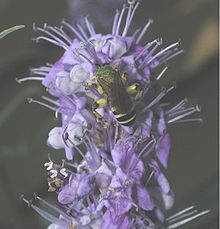


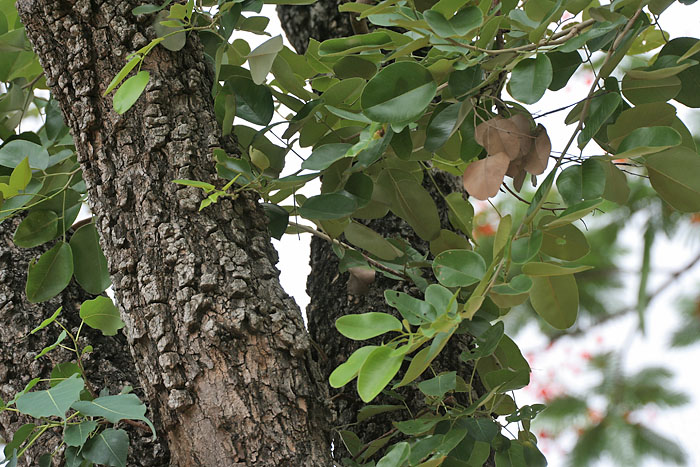
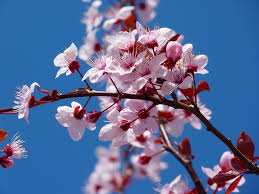
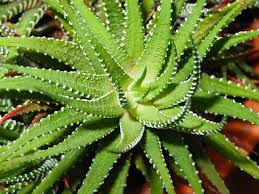
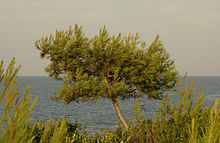
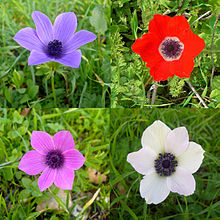
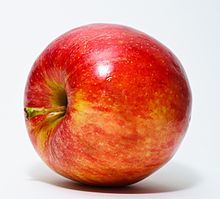
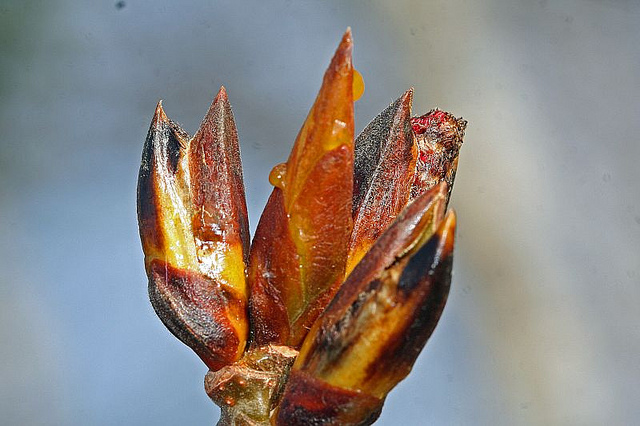


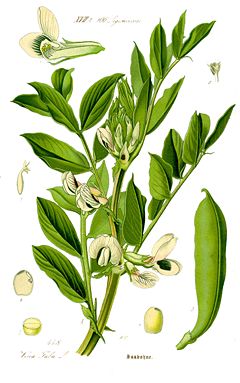


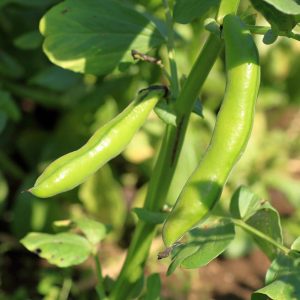
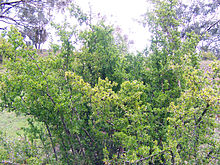

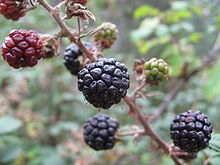
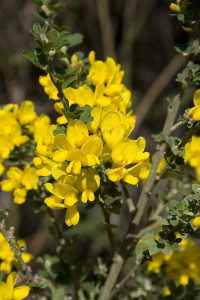
.jpg)
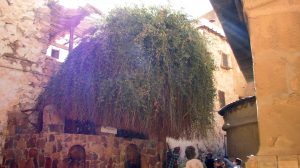

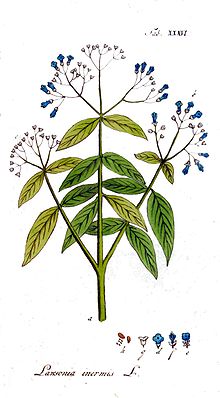
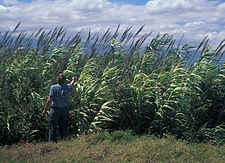
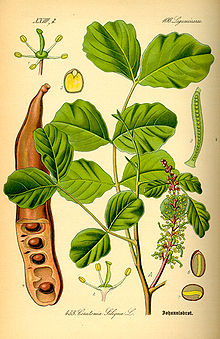
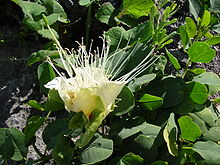


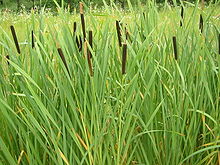
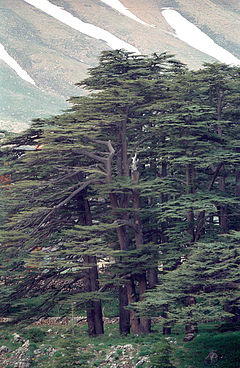
.JPG)
